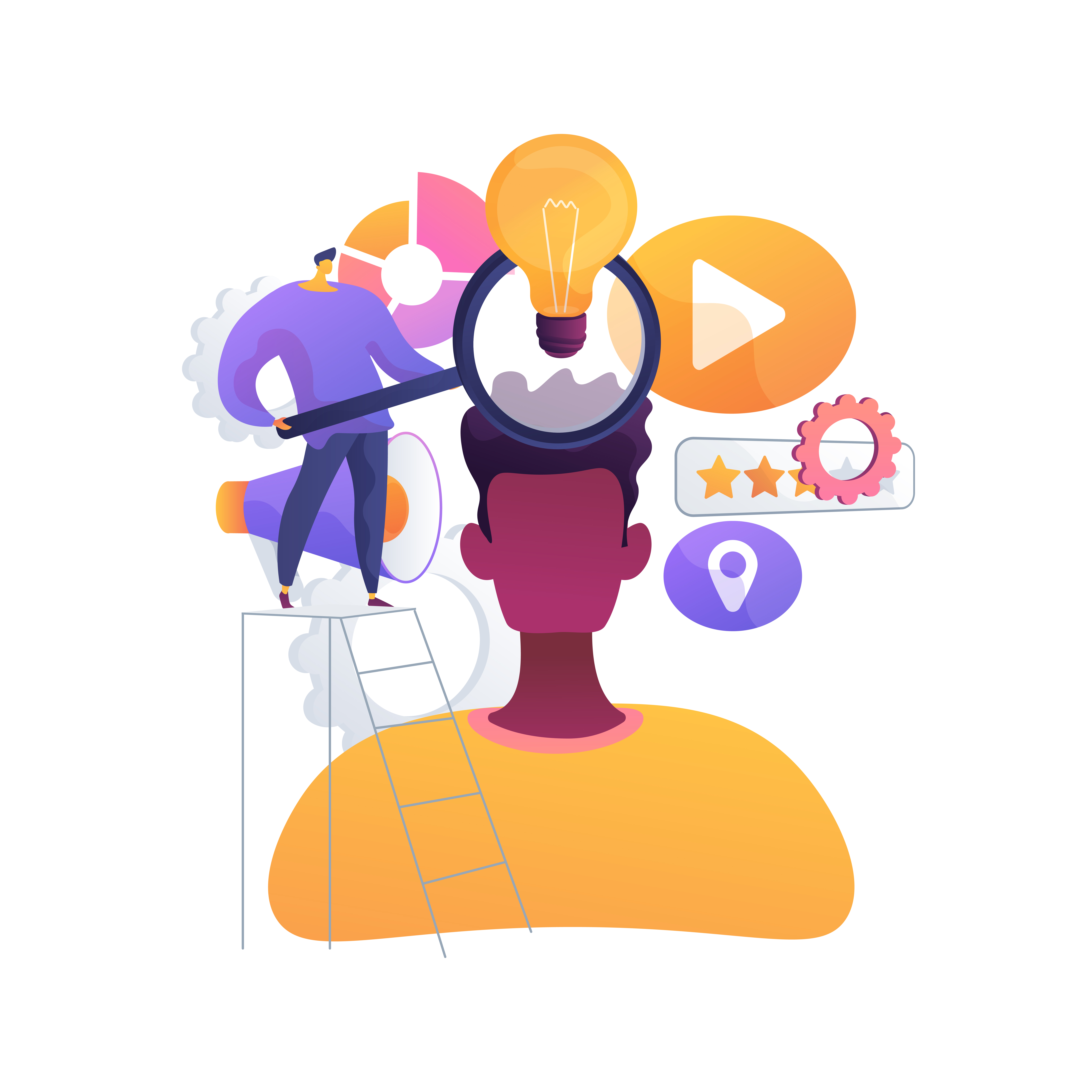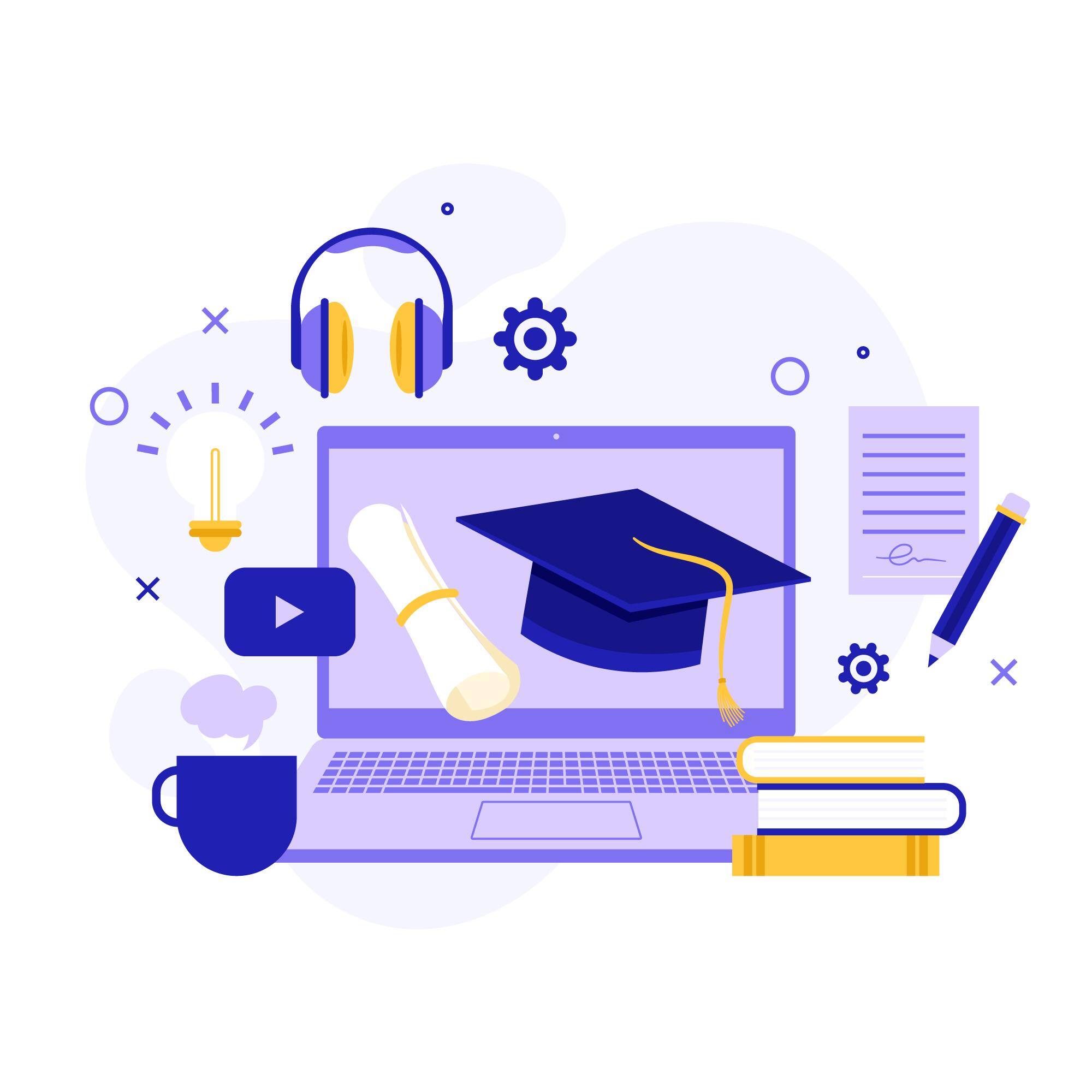Ever feel like your L&D efforts are lost in a sea of forgettable training modules and uninspiring webinars? You're not alone. Engaging learners in today's dynamic landscape is a constant struggle. But what if there was a better way?
This blog delves into the profound shift happening in L&D: the rise of the product mindset. Imagine ditching cookie-cutter programs and instead, crafting learning experiences that resonate, engage, and leave your learners hungry for more. We'll show you how to harness the power of product management principles to understand your learners' needs, leverage cutting-edge technologies like generative AI, and build experiences that feel less like work and more like exploration.
Forget Training Traps, Embrace Product Focus: How to Ignite Learning with a Product Mindset
Traditional learning and development (L&D) stumbles on the same stone: engagement. But what if the key to unlocking learner passion lay not in dusty PowerPoint decks, but in a revolutionary approach – the product mindset?
L&D industry leaders are already harnessing insights from the world of product management to build engaging, impactful learning experiences that treat learners like customers, and seek to deliver a tailored, bespoke learning experience based on a virtuous cycle of feedback, discovery and refinement.
Instead of viewing learning as a one-size-fits-all program, the product mindset embraces a product-centric philosophy. This means treating learning experiences like, well, products. Just like Apple doesn't churn out iPhones based on generic user profiles, effective learning experiences are built on a deep understanding of learners' needs, desires, and pain points.
This philosophy draws inspiration from the realm of product management, a field dedicated to developing products that resonate with users and solve real problems. As defined by the Product School, "The product mindset is a way of thinking that focuses on creating product solutions that provide real user value. It's the foundation of Product Management, really."
In the context of L&D, this translates to:
- Emphasizing user research: Understanding your learners' motivations, challenges, and preferred learning styles.
- Prioritizing iterative design: Testing and refining learning experiences based on actual feedback, not assumptions.
- Data-driven decision-making: Using data to measure the effectiveness of learning programs and identify areas for improvement.
- Focus on continuous improvement: Constantly striving to make learning experiences more engaging, impactful, and relevant.
This shift from program-centric to product-centric thinking might seem abstract, but the benefits are tangible. Imagine learning modules that feel tailor-made for your learners, leveraging the latest technologies without losing sight of human connection, and witnessing engagement levels soar as your L&D program evolves into a dynamic, user-driven product.
The Learning Revolution: Trends, Tech, and the Human-First Shift
The current learning horizon is buzzing. Generative AI promises personalized learning paths, while collaborative and social learning experiences tap into our inherent desire to connect and grow. But will these trends drown out the human element? Absolutely not!
So, how do we integrate this vital element into our product-focused L&D? Here are a few key strategies:
1. Embrace the power of the facilitator: Don't relegate human facilitators to the sidelines. Their role as mentors, motivators, and guides becomes even more crucial in navigating personalized learning paths and facilitating meaningful discussion within online communities.
2. Foster peer-to-peer learning: Encourage collaboration and knowledge sharing beyond pre-programmed interactions. Think interactive forums, real-time feedback loops, and collaborative projects that harness the collective wisdom of the learner group.
3. Prioritize human feedback: While data analysis provides valuable insights, don't neglect the power of personalized feedback from human guides. Regular check-ins, individualized coaching sessions, and empathetic mentorship can personalize the learning experience and address specific learner needs that data might miss.
4. Design for emotional engagement: Remember, learning is not just about information transfer; it's about sparking curiosity, igniting passion, and creating a sense of community. Use storytelling, gamification elements, and emotionally resonant content to build connections with learners and keep them invested in their journey.
5. Celebrate human achievements: Let's not forget the power of positive reinforcement! Publicly recognize learner accomplishments, share case studies of successful journeys, and create a culture of appreciation that celebrates the personal growth of each individual.
Product Management in L&D: From Pitch Decks to Paradigm Shifts
Picture this: learning as a product, not a program. That's the essence of product management in L&D. It's about pinpointing user needs, leveraging technology thoughtfully, and aligning learning goals with business objectives. It's a paradigm shift that demands empathy, iteration, and a laser focus on impact.
Ready to dive into the product-focused L&D revolution?
Explore our video, embrace the product mindset, and watch your learning programs sail past the engagement doldrums. Remember, it's not just about training – it's about crafting experiences that ignite curiosity, fuel growth, and leave your learners hungry for more.
So, ditch the stale handouts and powerpoint purgatory. Let's build learning experiences that resonate, engage, and transform.
This blog is inspired by insights from Synthesia. Explore more lessons at 5mins.ai for continuous learning.
- Get in touch
-
EN




